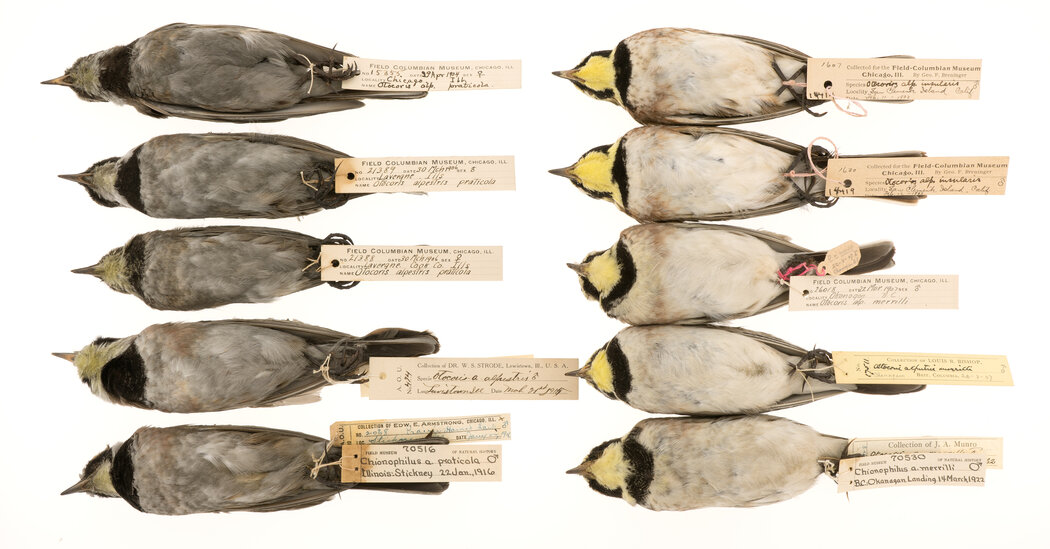Recent studies show that certain feather pigments can help neutralize toxic pollution. It means darker, duller birds might have a survival advantage.
Some popular city dwellers appear to be losing their colorful allure, and not just the dirty birds.
According to a study published this summer in the journal Landscape and Planning that looked at 547 bird species in China, birds that live in cities are duller and darker on average than their rural counterparts. A similar conclusion emerged from an analysis of 59 studies published in March in Biological Reviews: Urban feathers are not as bright, with yellow, orange and red feathers affected most.
Often, city birds are covered in grime. But even if you could give them all a good bird bath, chances are their brightness still wouldn’t match that of their country cousins. That’s because of the way pollution, and heavy metals in particular, can interact with melanin, a pigment that makes feathers black, brown and gray.
Studies show that melanin can bind to heavy metals like lead. That means toxic chemicals may be more likely to be stored in plumage in darker and duller birds. And that, in turn, can confer a survival advantage.
“The more melanin you accumulate, the better able you are to sequester these harmful compounds in feathers,” said Kevin McGraw, a biologist at Michigan State University who studies the colors of animals to understand the costs, benefits and evolution of visual signals.
Urban pollution affects avian colors in other ways, too. Research shows that compared with rural plants, city trees store fewer natural pigments called carotenoids, and pollution is the likely reason. Carotenoids are produced by plants, algae and fungi. They’re what makes red peppers red and carrots orange.
When leaves are low on these pigments, the effects go up the food chain: Leaf-munching caterpillars become deficient in carotenoids, and so do caterpillar-munching birds.
